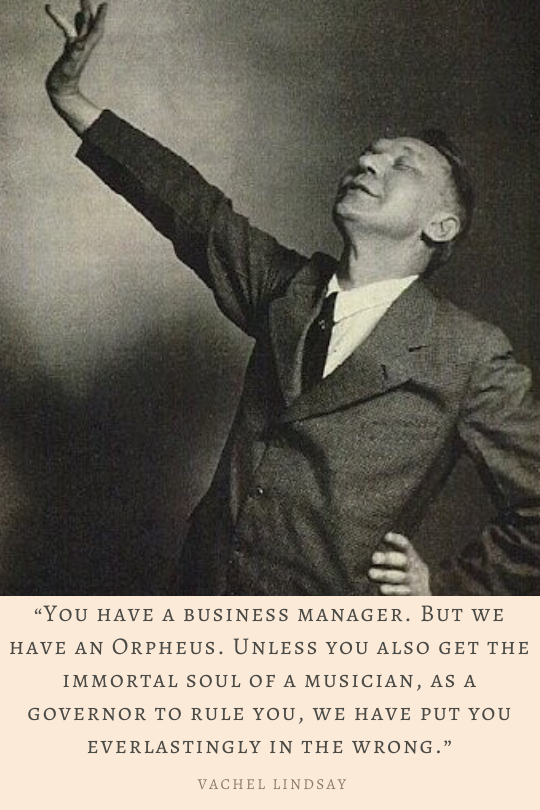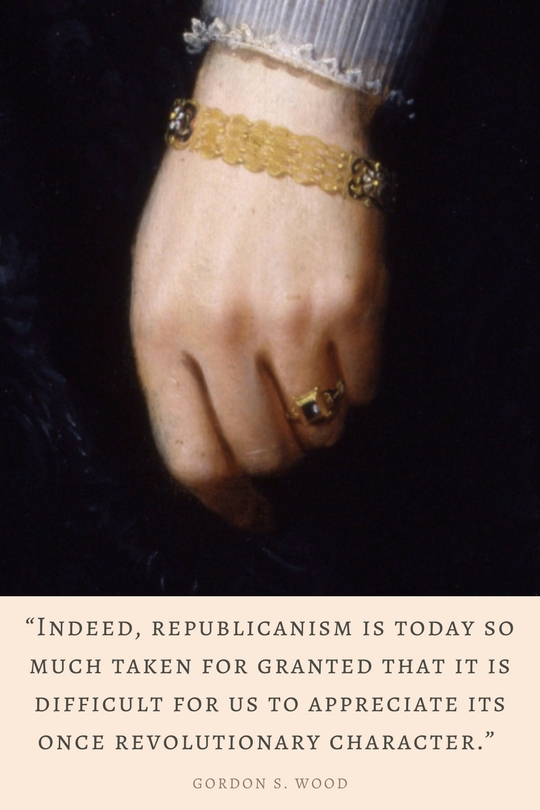The Mystery of Comte de Saint-Germain
“Anyone who admits one of the practical truths of the Occult Sciences taught by the Cabala, tacitly admits them all. It must be Hamlet’s “to be or not to be…”
A FEW QUESTIONS TO HIRAF
The noble courtier, Comte de Saint-Germain — not to be confused with Frenchmen Claude Louis de Saint-Germain (1707-1778) — was regarded by Prince Charles of Hesse-Kassel in his Mémoires, as “one of the greatest philosophers who ever lived, the friend of humanity, whose heart was concerned only with the happiness of others.” H.P. Blavatsky claimed him a pupil of Indian and Egyptian hierophants, proficient in the celestial science, and arts of the East, “the greatest Oriental Adept Europe has seen during the last centuries. But Europe knew him not” in her Glossary. In early theosophical circles, he was regarded as among the greatest Adepts Europe had in the last centuries of the past millennia. Many people in the time, mid-1700’s spoke of him with high distinction among the royals, and the towns he visited under different names and titles. He was known to eat a small and regulated diet, played instruments, — a noble character with fine clothing, handsome, and spoke over nine languages, masterfully. The Comte was said to always carry around gold and precious diamonds, speaking with erudition at dinners about transmutation. Yet, there was more to the Count, as Count St. Germain demonstrates.
H.P. Blavatsky claimed that her aunt, Nadyezhda Andreyevna de Fadeye possessed important documents of the Count, which might otherwise be the Souvenirs sur Marie-Antoinette, written by Baron Étienne-Léon de La Mothe-Langon (1786-1864). Charles W. Leadbeater and Annie Besant made claims that they purportedly met the Comte de Saint-Germain, and call him “the Master, Prince Rákóczy.” Mr. Leadbeater also claimed to meet “Master Jesus” (see The Problems with the “Master Jesus” Wikipedia Article).
Leadbeater’s claims could not be true. The Count’s association with the House of the Hungarian family Rákóczy — though admitted by him to Prince Charles of Hasse-Kassel — does not place him namely as the purported son of Francis Rákóczy II. That claim is not historically justified by any tangible evidence.
After death, he acquired the title of “Prince of Imposters,” like Cagliostro (“charlatan”), and Blavatsky (“one of the greatest frauds”). Both Cagliostro and Count Saint-Germain taught, according to H.P.B., “Divine Magic.”
“MAGIC”
“Our Society believes in no miracle, diabolical or human, nor in anything which eludes the grasp of either philosophical and logical induction, or the syllogistic method of deduction. But if the corrupted and comparatively modern term of “Magic” is understood to mean the higher study and knowledge of Nature and deep research into her hidden powers – those Occult and mysterious laws which constitute the ultimate essence of every element – whether with the ancients we recognize but four or five, or with the moderns over sixty; or, again, if by Magic is meant that ancient study within the sanctuaries, known as the “worship of the Light,” or divine and spiritual wisdom – as distinct from the worship of darkness or ignorance (…) then, we Theosophists “plead guilty.”
We do study that “Science of sciences,” extolled by the Eclectics and Platonists of the Alexandrian Schools, and practised by the Theurgists and the Mystics of every age. If Magic gradually fell into disrepute, it was not because of its intrinsic worthlessness, but through misconception and ignorance of its primitive meaning, and especially the cunning policy of Christian theologians, who feared lest many of the phenomena produced by and through natural (though Occult) law should give the direct lie to, and thus cheapen, “Divine biblical miracle,” and so forced the people to attribute every manifestation that they could not comprehend or explain to the direct agency of a personal devil. As well accuse the renowned Magi of old of having had no better knowledge of divine truth and the hidden powers and possibilities of physical law than their successors (…)” (Helena Blavatsky, Magic)


Comte de Saint-Germain
Credible works on Comte de Saint-Germain and Further Information:
- Pierre Lhermier: Le mysterieux comte de Saint Germain, Paris, Edition Colbert, 1943.
- Paul Chacornac: Le Comte de Saint-Germain (Paris: Chacornac Frères, 11 Quai Saint-Michel, 1947).
-
Isabelle Cooper-Oakley: The Comte de St. Germain, The Secret of Kings: A Monogram (Milano: G. Sulli-Rao, 1912)
- Comte de Saint-Germain: The Immortal German Alchemist – Alchemy Lab
- Theosopedia, Comte De Saint-Germain.
- H.P. Blavatsky on the Count St. Germain – Philaletheians.*
- David Pratt, The Count of Saint-Germain.
- H.S. Olcott, Count de Saint Germain.
- WisdomWorld.org, The Count de Saint Germain.










Certainly an interesting man, and right at the time of the French Revolution, I believe. Another source with some unique material in it is Phillip Malpas’ biography of St. Germain (serialized in “Theosophical Path,” and also on scribd.com) He quotes someone who said he observed him make a photograph (before its conventional invention.) among other “miracles.”
LikeLiked by 1 person
An Adept wrote in CW V: “by early training and special methods, reaching the stage of the 5th rounders, some men in addition to the natural gift of the latter have fully developed (by certain occult methods) their sixth, and in still rarer cases their seventh, sense…. As an example, the Count St. Germain may be mentioned.”
LikeLiked by 1 person
What a strange man, a mystery indeed of these personages. I however read, by some consequence, he lost his riches, or fame.
LikeLiked by 1 person
Here is the link for Theosophist Philip Malpas’s bio of St. Germain. Malpas spent 20 years research in the British Museum. https://www.scribd.com/doc/33280700/Count-Saint-Germain-Malpas
LikeLike